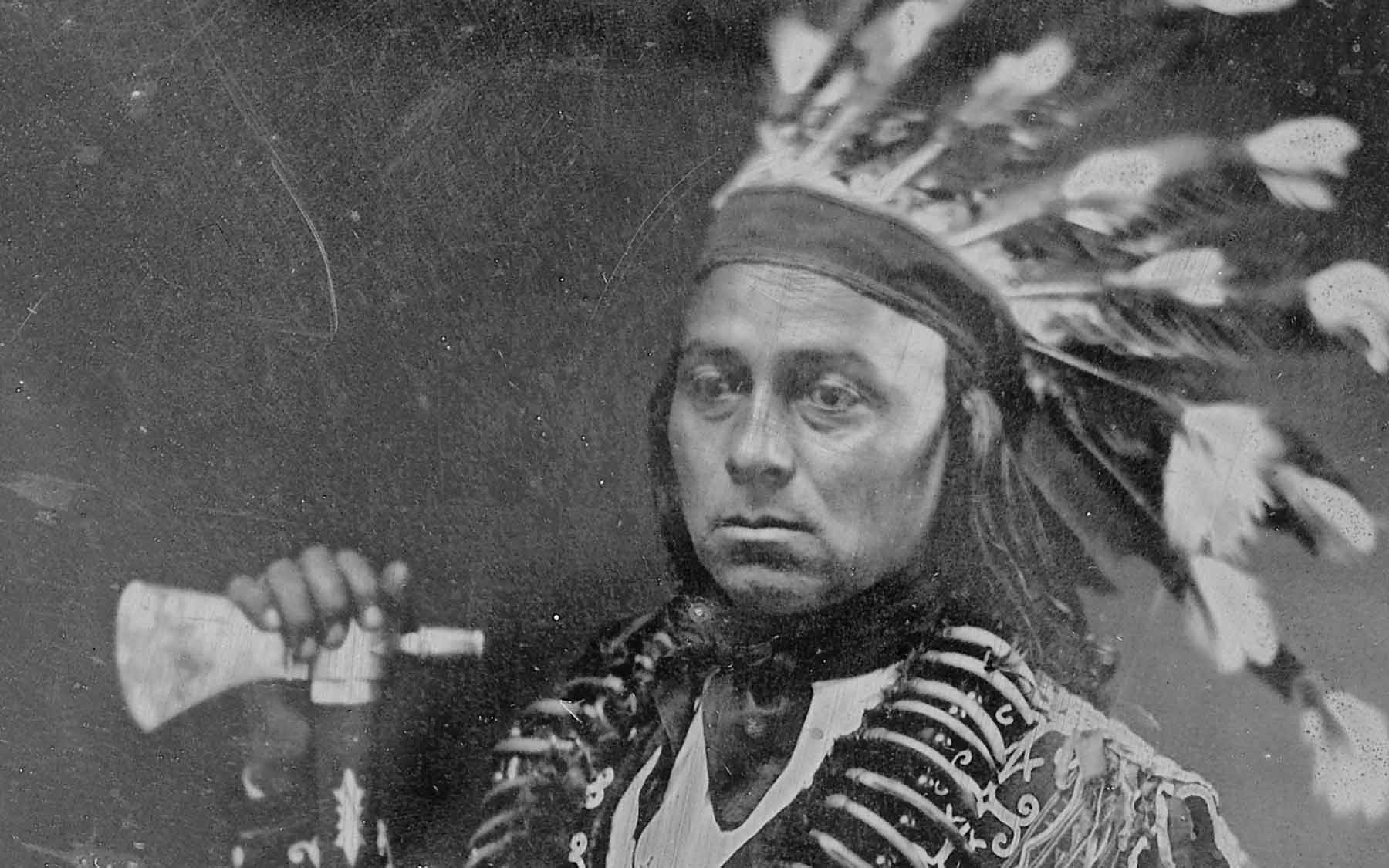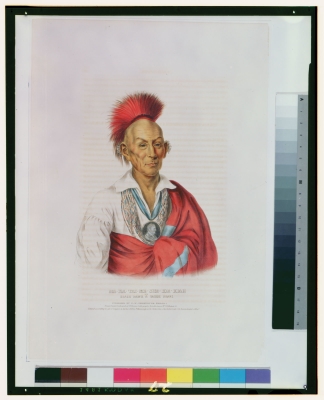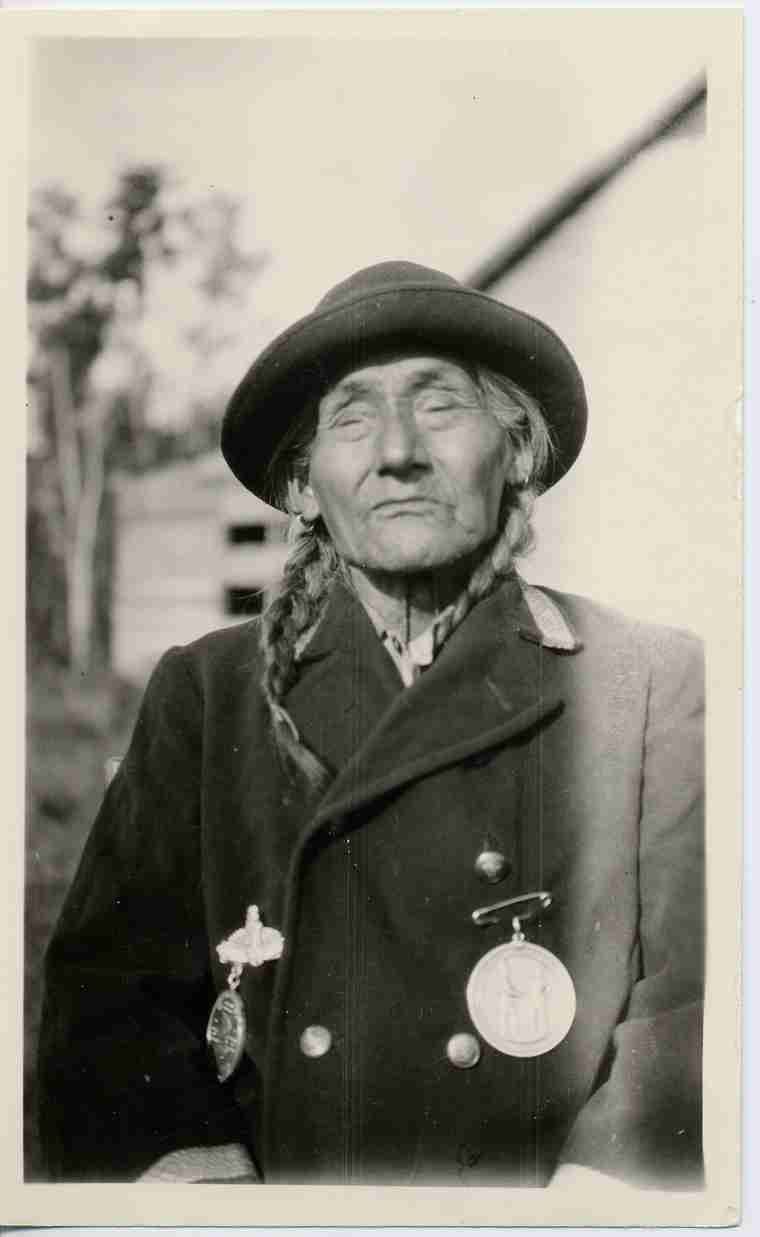Piapot (also spelled Payipwat, meaning “One Who Knows the Secrets of the Sioux,” originally named Kisikawasan, meaning “Flash in the Sky”), Cree chief (born in 1816 on the southern prairies; died in 1908 on the Piapot Reserve, SK). During Piapot’s 92 years, he witnessed great changes on the Canadian prairies, including the disappearance of the bison and the settlement of non-Indigenous peoples on Indigenous lands. As chief, Piapot resisted assimilation and strove to uphold Cree customs and traditions.

Early Life
When he was a child, Piapot (then known as Kisikawasan) and his grandmother were forcibly taken from their Cree community by the Sioux (Dakota). The Cree took him back home after a raid on the Sioux when he was 14 years old. It was then that he was given the name Piapot or Payipwat, meaning “One Who Knows the Secrets of the Sioux.”
Role as Chief
In his youth, the Cree roamed freely across the plains, and the bison were plentiful. With the coming of settlers, however, life on the prairies began to change. Cree lands were flooded by massive immigration, the bison had disappeared and Indigenous peoples were isolated in reserves. ( See also Plains Indigenous Peoples in Canada.)
As chief of his band (from about 1846-99), Piapot was responsible for guiding his people through these difficult times and for negotiating the best conditions possible. He accomplished this with great skill. He gained concessions from government officials by playing off his reputation for being a dangerous enemy as well as his reputation for being loyal.
Treaty 4 and the Piapot Reserve
Treaty 4 was signed in 1874 while Piapot was away hunting. He signed an adhesion to Treaty 4 in 1875, having been promised various resources and medical assistance for his people. (See also Numbered Treaties.)
After a year of sickness and starvation on his allotted reserve near Indian Head, Saskatchewan, Piapot decided in 1883 that his people would never survive there. By willpower and negotiation, he managed to get them a far better location in the Qu'Appelle Valley, where fish, fowl and other game were plentiful. He moved his band there in 1884. (Piapot originally wanted to settle in the Cypress Hills area, but the government denied his request.)
Relationship with the Government
In 1885, Piapot ensured protection for his people by declaring loyalty to the government during the North-West Resistance. Nevertheless, he resisted assimilation, refused conversion to Christianity, and he strongly upheld Cree customs and beliefs. (See also Religion and Spirituality of Indigenous Peoples in Canada.) In 1899 (some sources say 1902), the Indian Department deposed him as chief for permitting a traditional ceremony to which they objected. However, his band continued to regard him as chief until his death, and he is still remembered with great honour in Saskatchewan.

 Share on Facebook
Share on Facebook Share on X
Share on X Share by Email
Share by Email Share on Google Classroom
Share on Google Classroom














